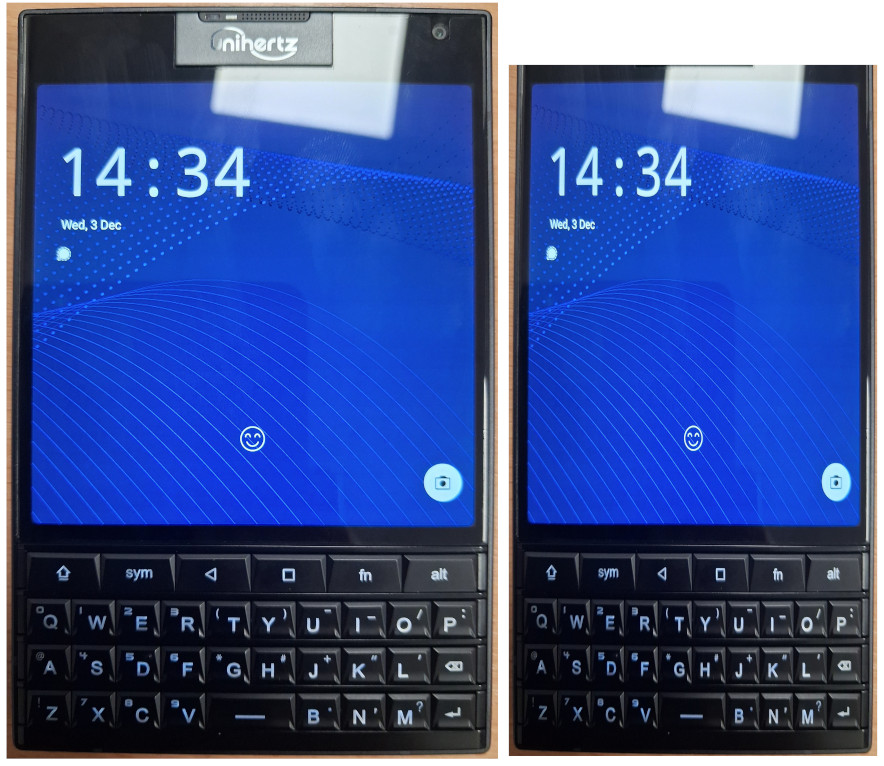My tech drawer was getting full again, the burden of too many phones beginning to weight down on me. It was time for a clear out. The inventory stood at:
- Unihertz Titan 2
- Samsung Note 9
- Samsung S25 FE
- Pixel 6
- 2x Pixel 7a
- Pixel 2 XL
I’ll never sell the Note 9 now I have it, even if it’s not suitable for daily use because of the poor signal. So that was always staying. The Pixel 2 XL is beyond economical repair, and has no real value so that was staying. The rest were all eligible for eviction.
I’ve been trying to justify owning the Titan 2 since it arrived. I wanted it to be my main phone badly, it just didn’t really fit. I then tried to keep it as a PDA type device, but it just wasn’t seeing any use. That was first to go, thankfully hype for this device is still high so it didn’t take long at all to sell.
2nd was one of the Pixel 7a’s. I certainly don’t need multiple of the same device, so this was next to go. I actually turned a small profit on this one as I bought it with a swollen battery, and I just so happed to have a spare battery so a quick and easy repair.
Next, surprisingly was the S25 FE. On paper this was my long term phone that could see me through 7 years until it stopped getting updates. In real world usage this didn’t play out. It’s a brilliant phone in all areas except one. The cameras. I loved its build quality, the screen, battery life, performance and features but cameras have and always will be a deciding factor for me as much as I like to deny that. When this phone was being put to shame by photos produced by the Pixel 6; a device 4 years senior to the S25 FE it was in the firing line. Thankfully as I’d purchased this phone on a promotion I didn’t lose any money reselling this.
I’m not going to even consider the Note 9 and 2XL in my phones as neither are really functional phones to be considered, rather just a memento and a tool for testing purposes. So that leaves me with a Pixel 6 and a Pixel 7a.
From my research the Pixel 6 will be supported with software and security updates until October 2026. The Pixel 7a will be supported until May 2028. From my usage the difference in performance is unnoticeable between the two devices, the Pixel 7a is marginally smaller than the 6 however the camera on the Pixel 6 seems much better out of the two phones.
For now I’ll use the Pixel 6. I repaired it when I got it with a new battery and genuine screen, so aside from the housing being worn (doesn’t matter the phone lives in a case) it’s like using a brand new device. It’s unfortunate that this phone will only received updates for another 10 months, because it feels like it has a lot more life left in it. Comparing the camera specs to the Pixel 9 they’re essentially the same, and if I compare it to the Pixel 10 the Pixel 6 actually comes out on top in terms of camera hardware! Even the Pixel 7a beats the camera of the Pixel 10 which has downgraded to a measly half inch sensor.
It’s sad to see Google nerfing the quality of their hardware in favour of using AI to supplement a decent sensor. The Pixel 9a shares the same sensor as the 10. So it seems my options from here would be either a Pixel 8 or a Pixel 9 in either the standard, Pro or Pro XL variants.
My reasoning behind this, and my reason for bypassing any of the Pixel 7 series are that from the 8 onwards Google started offering 7 years of software support. A pixel 8 would still have another 5 years of updates, and a 9 would have 6.
